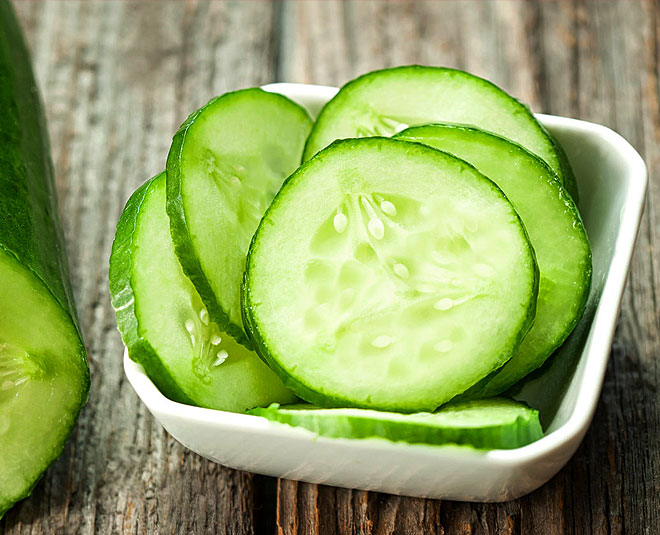A child’s daily diet greatly benefits from snacks since they give them energy, vital nutrients, and the opportunity to sate their desires in between meals. However, children’s growth, development, and general well being depend greatly on the caliber of the snacks they eat. In the modern world, where sugar-filled, highly processed snacks are easily accessible, it is imperative that parents and other caregivers encourage their children to eat healthily. This in-depth manual examines the value of healthy snacking for children, offers advice on selecting the healthiest snacks, and includes helpful hints for promoting wholesome snacking habits.
The Value of Nutritious Snacks for Children
Encouraging Development and Growth
Kids need to eat healthily since they are going through a very important period of growth and development. Snacks high in nutrients give these processes the energy, vitamins, and minerals they need. In addition to filling up the nutritional gaps between meals, snacks make sure kids get enough nutrients all day long.
Keeping Blood Sugar Levels Consistent
Children are more likely to experience blood sugar swings since they frequently have smaller stomachs and quicker metabolisms. Snacking healthily can help keep blood sugar constant, which can help avoid mood swings and energy dips.
Stopping Overeating and Quelling Hunger
Appropriately scheduled and wholesome snacks can assist children in controlling their hunger, keeping them from becoming too full and overindulging during big meals. In addition, filling snacks lessens the likelihood that kids will reach for unhealthy, high-calorie foods when they’re starving.
Improving Mental Ability
Academic achievement and cognitive function are strongly correlated with proper diet. Children can maintain focus, alertness, and readiness for learning by snacking on foods that support the brain.
Developing Nutritious Food Habits
Early exposure to wholesome snacks can lay the groundwork for lasting good eating practices in youngsters. By adopting these behaviors, you can lower your future risk of obesity, chronic illnesses, and other health problems.
Qualities of Nutritious Snacks
Snacks should have the following qualities in order to be both tasty and nourishing:
Optimal Nutrition
A balanced intake of macronutrients (proteins, fats, and carbohydrates) and micronutrients (vitamins and minerals) is recommended for healthy snacks. Children get a range of vital nutrients when they eat from a variety of food groups.
Complete, Unprocessed Substances
Snacks should mostly consist of whole foods including fruits, vegetables, whole grains, lean meats, and dairy products. These meals are low in preservatives and additives, which are frequently included in processed snacks, and high in nutrients.
Little Sugar Added
Too much sugar can cause tooth problems as well as energy surges and crashes. Kids should only eat healthy snacks with minimal added sugar, and parents should try to restrict their children’s intake of sugary sweets.
Control of Portion
Even healthy snacks can add up to too many calories if they are served in too large portions, even though they are nutritious. To make sure kids don’t consume too many calories, practice portion control.
Appropriate Age
Age-appropriate snacks take into account a child’s nutritional requirements, preferences, and developmental stage. While older children can need more substantial options, younger children could need smaller, more manageable snacks.
Kid-Friendly Nutrient-Rich Snacks
Fresh Produce
Fruits are great kid-friendly snacks. They come in a range of delectable varieties, are naturally sweet, and are rich in dietary fiber, vitamins, and minerals. Berries, banana halves, and sliced apples are simple and well-liked options. Fruit can also be presented in a more enticing way by creating a fruit salad or combining it with yogurt for a satisfying and healthy snack.
Hummus with Veggies
Introducing kids to a variety of vegetables can be accomplished by serving a colorful vegetable tray with bell pepper strips, cucumber slices, baby carrots, and cherry tomatoes along with a dollop of hummus. Hummus is a balanced snack because it has both protein and good fats.
Yogurt Confections
Yogurt parfaits are tasty and filling when layered with fresh fruit and topped with almonds or oats. Greek yogurt is a great option because it’s high in probiotics and protein.
Whole-grain crackers and cheese
Whole-grain crackers and cheese go well together. Whole-grain crackers supply energy and dietary fiber, while the cheese supplies calcium and protein.
Butter with Banana Nuts
A straightforward and satisfying snack is a banana spread with nut butter, such as almond or peanut butter. The banana adds natural sweetness and fiber, and the nut butter provides protein and healthy fats.
Dip and Vegetable Sticks
Crunchy veggies like cucumbers, carrots, and celery are popular among children. To add flavor, serve these with a nice dip, like a hummus variant or ranch dressing made with yogurt.
Eggs, Hard-Boiled
Hard-boiled eggs can be easily prepared ahead of time and are a fantastic source of protein. For extra taste, you can season them with a little salt and pepper.
Cereal
A healthy snack that’s ideal for chilly days is a bowl of oatmeal cooked with milk or water, topped with sliced fruit and a sprinkle of honey. Oats give you sustained energy and are a rich source of nutritional fiber.
Drinks
Smoothies are an easy and enjoyable method to provide your kids a wider range of nutrients in their diet. In a blender, combine fruits, vegetables, Greek yogurt, and a small amount of honey to make a tasty and nourishing beverage.
Whole-Grain Avocado Toast
In addition to being fashionable, mashed avocado over whole-grain bread is a wholesome snack. Whole-grain bread gives you energy and more fiber, while avocados offer healthful fats and dietary fiber.
Advice for Promoting Nutritious Snacking
Set a Good Example
Youngsters frequently take behavioral cues from adults. Setting a good example for children by eating healthily yourself can help.
Make Accessible Healthy Snacks
Have a range of wholesome snacks on hand in your kitchen. Make them accessible so children will be more inclined to select them over less healthful ones.
Include Children in the Making of Snacks
Encouraging kids to help prepare their own snacks can increase their interest in what they consume. If they are involved in the process, they could be more willing to try new things and make healthier decisions.
Provide Options
Provide kids options by offering them a variety of healthful snack options. Let them select from the options what they would want to eat. This may encourage a feeling of self-reliance and autonomy.
Have Patience
It could take some time to introduce new flavors and nibbles. Remain patient and refrain from forcing youngsters to consume particular foods. Present the snacks and urge them to try them, but be considerate of their inclinations.
Establish a Happy Snacking Environment
Make snack time a fun and laid-back occasion. Keep eating in a good environment and refrain from using snacks as rewards or punishments.
Typical Problems and Their Fixes
Finicky Diners
Healthy eating can be difficult when dealing with picky eaters. Serve a selection of food and exercise patience. Encourage children to experiment with new foods in moderation and without coercion.
Easy to Find Snacking
Convenience foods are commonplace in our fast-paced society. Convenience and nutrition can, nevertheless, coexist in harmony. Simple and healthful options include pre-cut fruits and vegetables, single-serve yogurt cups, and whole-grain crackers.
Peer Influence
Kids could feel impacted by the snacking habits of their friends. Talk to your kids about the benefits of making good decisions and give them the freedom to follow their morals even in the face of peer pressure.
Candy Teeth
Youngsters frequently naturally gravitate for sugary meals. Fruits can certainly satiate their sweet craving, but try to restrict sugary sweets and give them in moderation.
Wrap-Up
An integral part of a child’s overall nutrition and wellbeing is healthy snacking. Parents and other adults who work with children can help them form healthy eating habits that support growth, development, and long-term health by offering and encouraging a variety of nutrient-dense snack alternatives. It may take some trial and error to get the hang of healthy snacking, but the work is well worth it. Start by implementing some of the nutrient-dense foods and techniques discussed in this guide, then modify them to suit your child’s requirements and tastes. Recall that building a healthy relationship with food at an early age might pave the way for lifelong health and wellbeing.
Credit: Saray Clinic & Anberry Hospital




